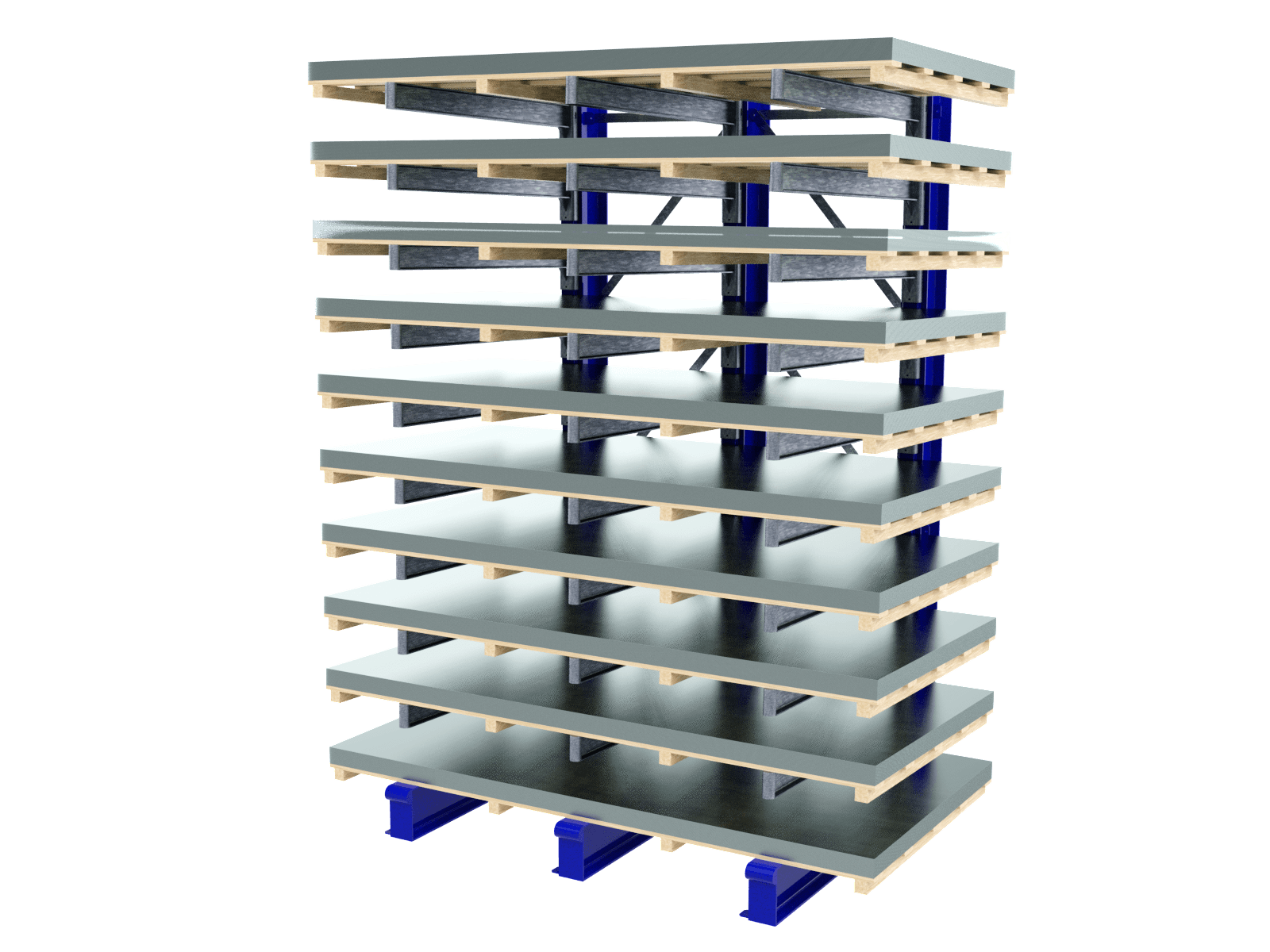Dynamic storage systems including item movement
A dynamic warehouse requires dynamic storage systems. By this we mean above all shelving systems for goods in purchasing and sales in wholesale or for raw goods for further industrial processing. With such storage system solutions, goods are "mobile" in the warehouse.
The systems allow incoming goods to be stored where there is space. And that they are ready for retrieval where they are needed. In addition, thanks to dynamic storage systems, distances are short, which simplifies warehousing. Because: dynamic systems make the warehouse flexible. The material flow is faster, the distances are shorter and the storage space is optimally utilised.
What are the advantages of dynamic storage systems?
Dynamic camps are also called "chaotic camps". But they have nothing to do with confusion. Rather with the word "cháos" in its ancient Greek meaning as "empty space". Their advantage lies in their flexibility and optimal use of space. Storage using dynamic storage systems is thus particularly efficient.
In dynamic storage systems there are rollers or cylinders on which the stored items can be moved from the loading to the unloading location. For example, the loading location can be at the goods entrance to the warehouse, while the unloading location is at the other end of the warehouse aisle or warehouse.
Some dynamic system solutions are designed as "rolling shelves". They can be moved and shifted completely. This flexibility is a real optimisation for warehouse technology.
Storemaster® offers individually customised, dynamic storage systems in modular design. Examples are our cantilever bearings ArmStrong® plus and SplittingStore® for heavy loads. Our dynamic storage systems can be quickly assembled and flexibly adapted to any warehouse size. Rolling systems, practical cantilever arms or easy access for floor vehicles make it easy to remove goods for internal transport.
What are dynamic storage systems suitable for?
Transporting and movable solutions are what make dynamic warehousing possible in the first place. This is mainly found where a high turnover of goods is the order of the day. Examples are warehouses in industry for the further processing of raw materials.
Warehouses with so-called fast-moving items and perishable goods are another example where dynamic storage systems are used. This is the case, for example, with wholesalers for food or pharmaceutical or cosmetic articles.
The counterpart to dynamic storage is static storage. In it, every stored good has its fixed place. Each shelf is only intended for a certain product or assortment. If the product is "out", the storage space remains empty. Static warehouses are advantageous, for example, as special warehouses for hazardous goods or in specialised retail markets with customer traffic.


